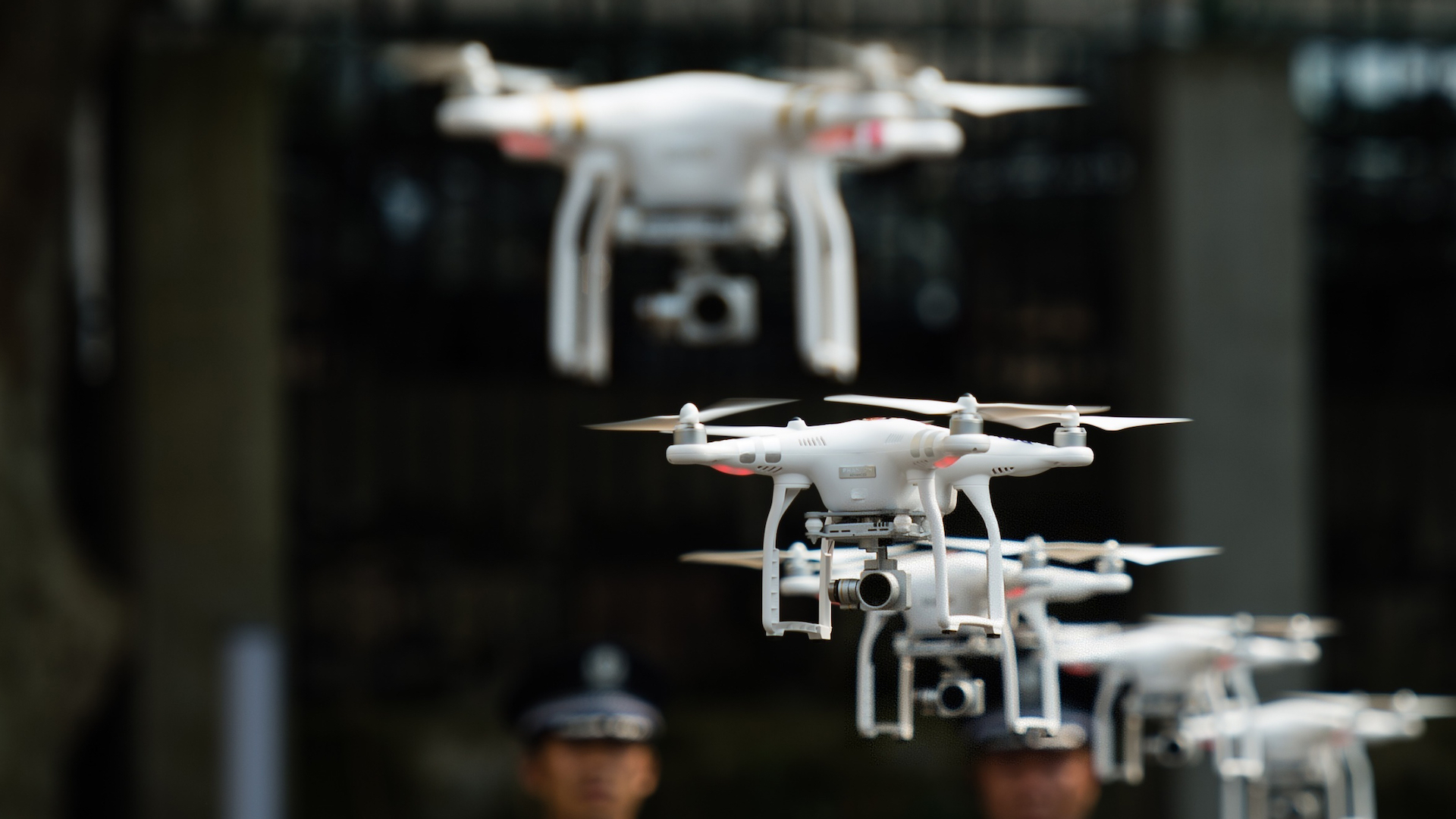

vHive, which develops cloud-based software that manages autonomous drone fleets, previewed its new software at the DJI AirWorks conference in Denver, Colorado. In essence, the service provides air-traffic management software for multi-drone operations. This is a field that tech giants such as Google and Nokia are involved in, as well, in attempts to establish and refine cohesive systems to safely regulate fleets of drones operating at the same time. In simpler terms, as vHive itself puts it: “Manage a fleet, not a flight.”
According to vHive’s website, some of the key industries that vHive attracts are rooted in civil engineering and construction, utilities and infrastructure, and industrial inspection. We’ve recently seen companies such as Measure, and its foray into similar territory, with its drone-based wind-farm inspections, boosting productivity significantly. This new industry is based on appealing to businesses and their desire to maximize profits with the modern tool of UAVs.
“vHive’s new release further expands its capabilities as a true enterprise drone solution: Scalable, safe and efficient. A growing number of industries are adopting drones as important work tools, but are discovering that it is difficult to scale operations,” vHive’s CEO Yariv Geller said in a press release, vHive’s technology is first to solve the complexity of planning and executing multi-drone missions of any size or shape, enabling them to complete, faster and cheaper. Organizations are finding that by merely adding a second drone to a mission they can halve their precious time in the field.”
It’s been known to those paying attention that implementing UAVs into the aforementioned fields is a plain and clear step toward saving time and increasing efficiency. Besides being affordable, drones can cover vast amounts of territory far more rapidly than a traditional crew of employees can on foot. It’s simple math, and nothing too surprising. What is exciting, though, is the allusion to its new software release being capable of AI-related learning. No wonder they’re calling this vHive Mission AI.
“The system continuously evaluates the goal of the mission as outlined by the user and the drones available and their capabilities while satisfying a variety of mission constraints such as safety, regulation, environmental as well as real-time missions, to deliver the most effective mission performance,” said the company’s CTO, Tomer Daniel, explaining, “vHive’s missions are not pre-scripted but rather adapt to the ongoing dynamics of the field bringing true collaboration between participating drones.”
vHive was founded in 2016 and was the first company to implement artificial intelligence into drone-fleet management. Stay tuned as we watch vHive’s drone-fleet management system spread into more industries over time, or ferociously compete with other air-traffic management systems in the field.